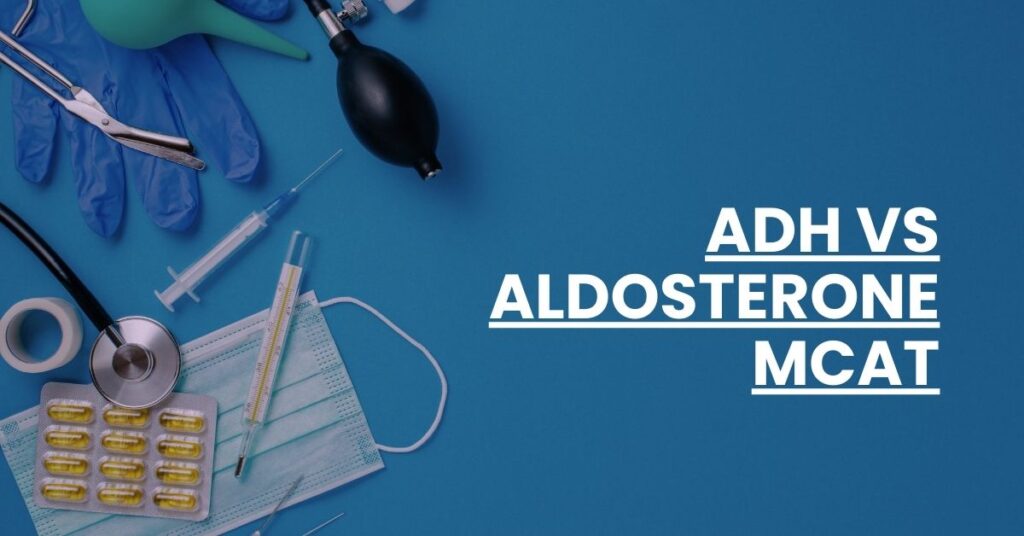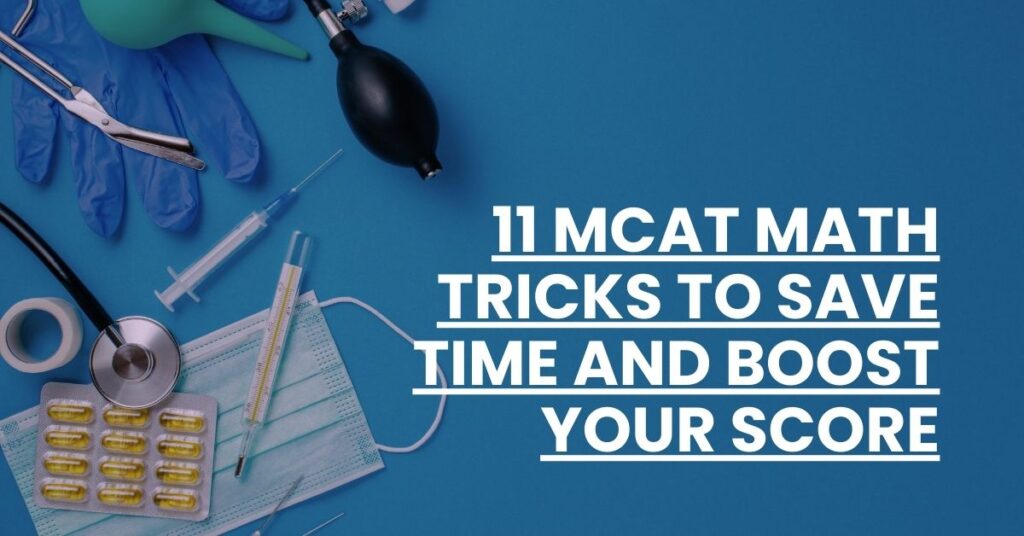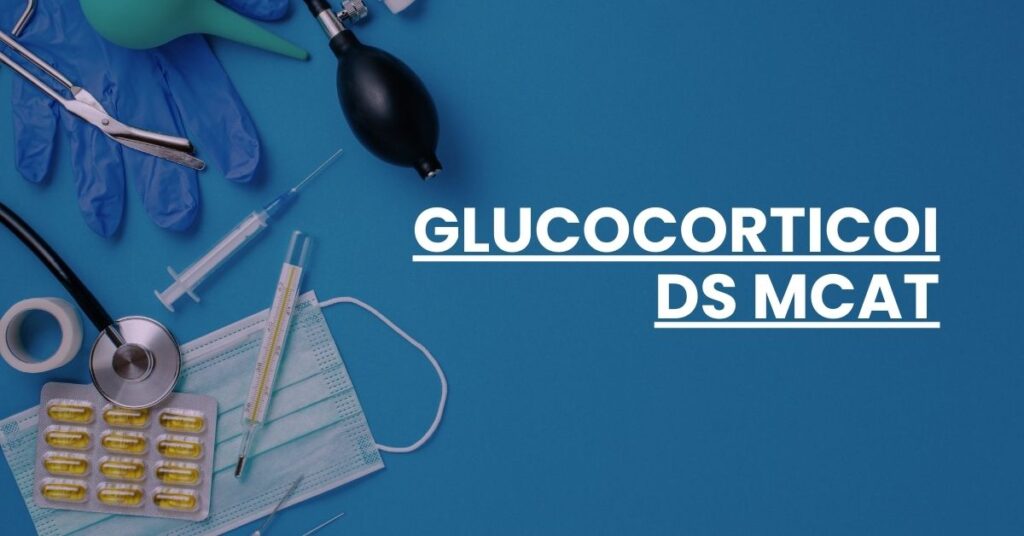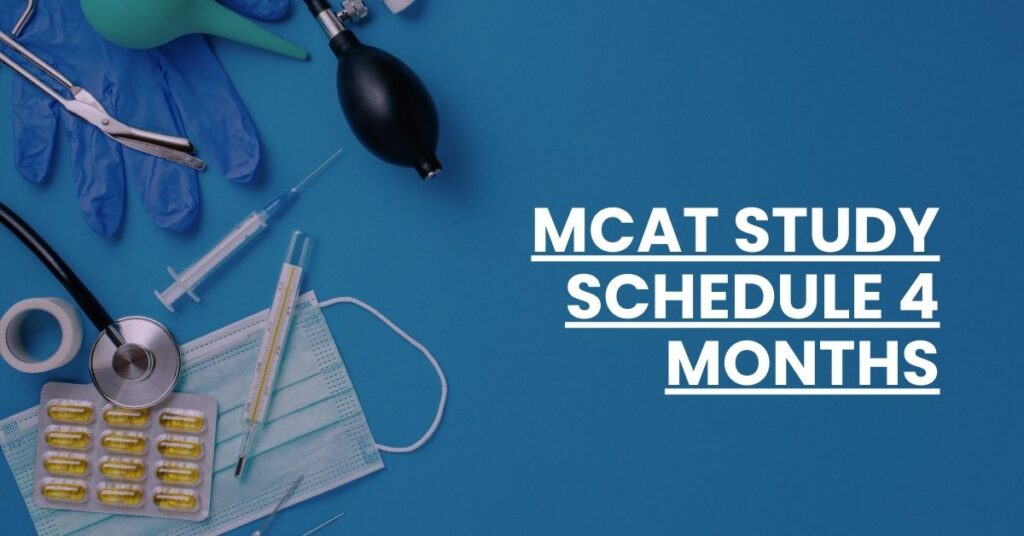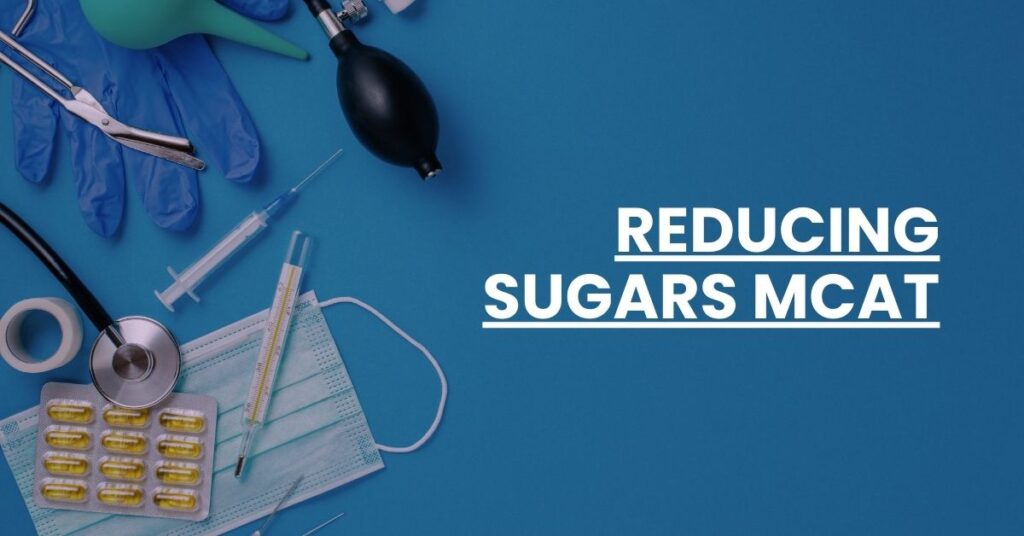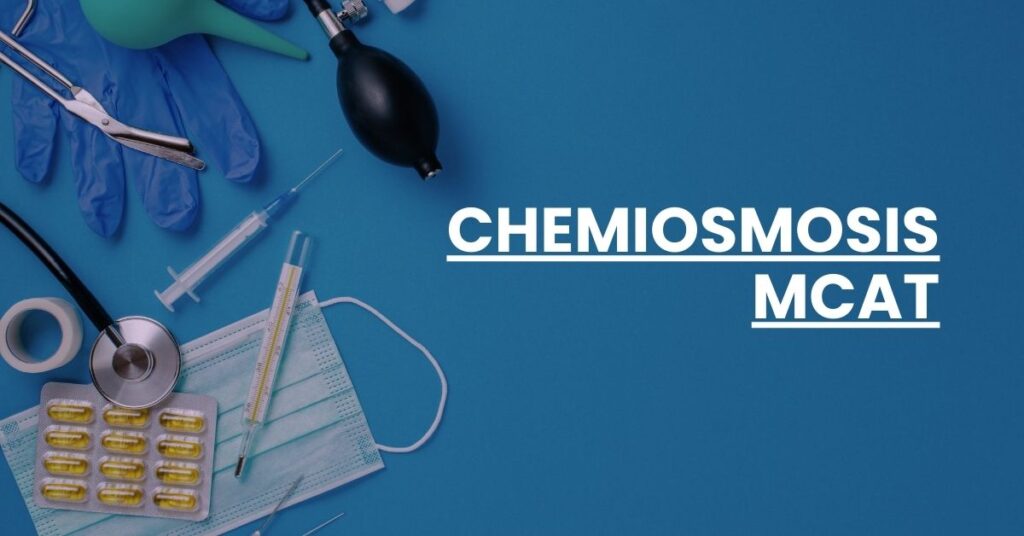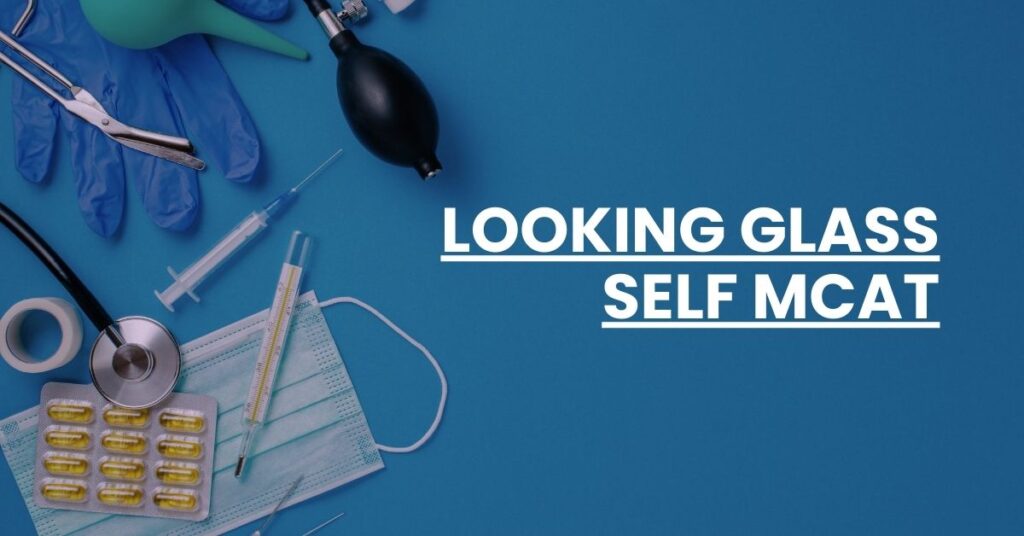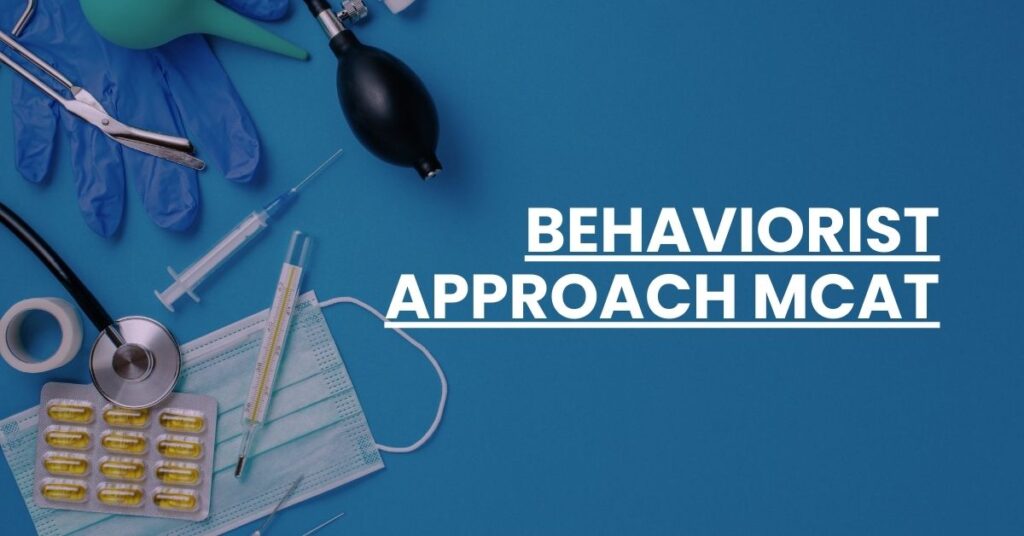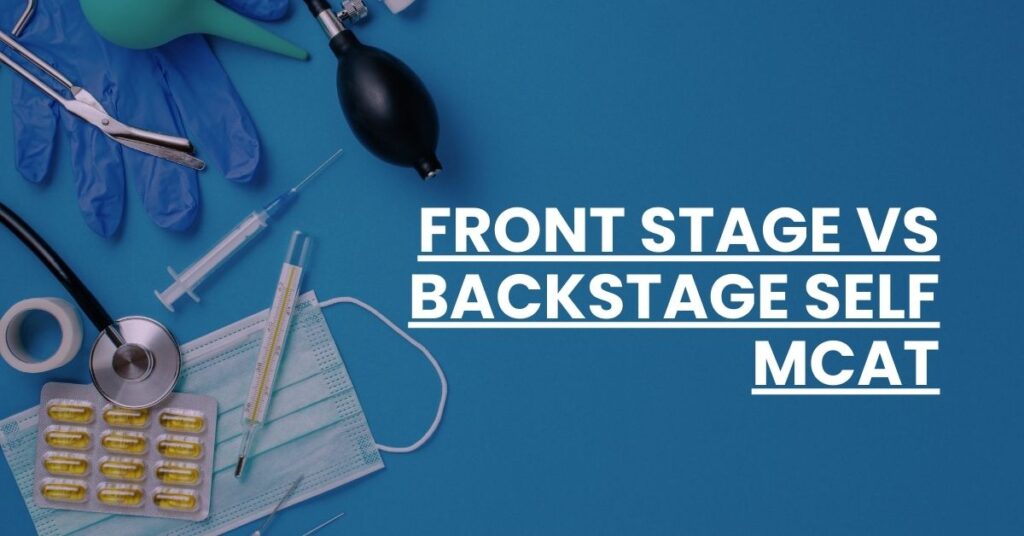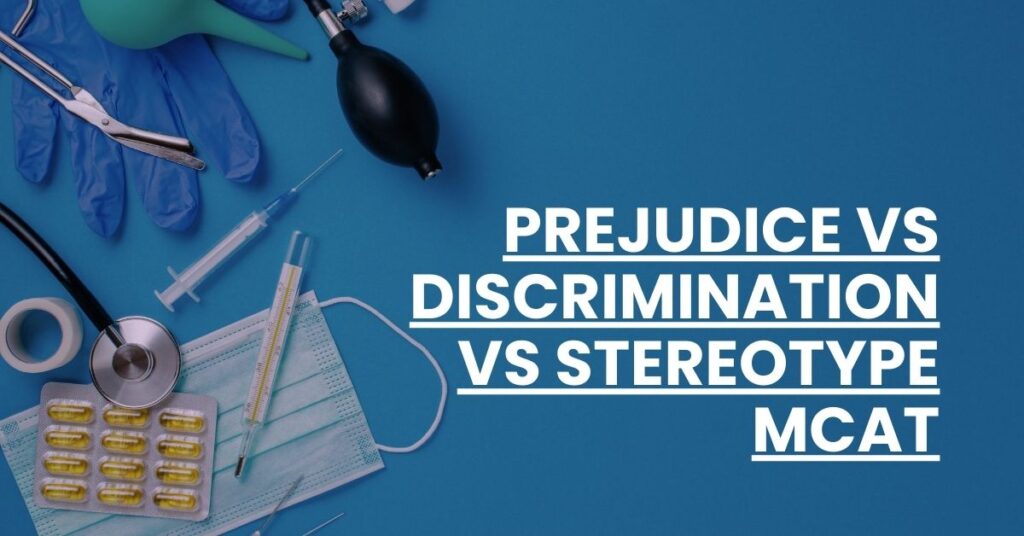ADH vs Aldosterone MCAT
Antidiuretic hormone (ADH) and aldosterone are key regulators in your body’s fluid and electrolyte balance, essential for maintaining healthy blood pressure and hydration levels. In the MCAT context, appreciating their differences is crucial: Understanding the distinct yet complementary roles of these hormones is pivotal for mastering physiological concepts on the MCAT. Read on to equip […]
ADH vs Aldosterone MCAT Read More »
